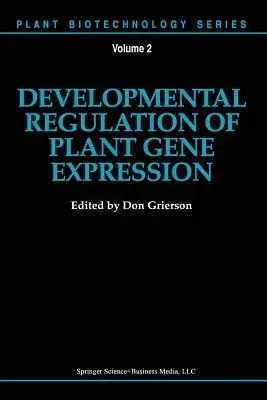Don Grierson
(Author)Developmental Regulation of Plant Gene Expression (Softcover Reprint of the Original 1st 1991)Paperback - Softcover Reprint of the Original 1st 1991, 23 August 2014

Qty
1
Turbo
Ships in 2 - 3 days
In Stock
Free Delivery
Cash on Delivery
15 Days
Free Returns
Secure Checkout

Part of Series
Plant Biotechnology
Print Length
226 pages
Language
English
Publisher
Springer
Date Published
23 Aug 2014
ISBN-10
940105357X
ISBN-13
9789401053570
Description
Product Details
Author:
Book Edition:
Softcover Reprint of the Original 1st 1991
Book Format:
Paperback
Country of Origin:
NL
Date Published:
23 August 2014
Dimensions:
22.86 x
15.24 x
1.3 cm
ISBN-10:
940105357X
ISBN-13:
9789401053570
Language:
English
Location:
Dordrecht
Pages:
226
Publisher:
Series:
Weight:
331.12 gm